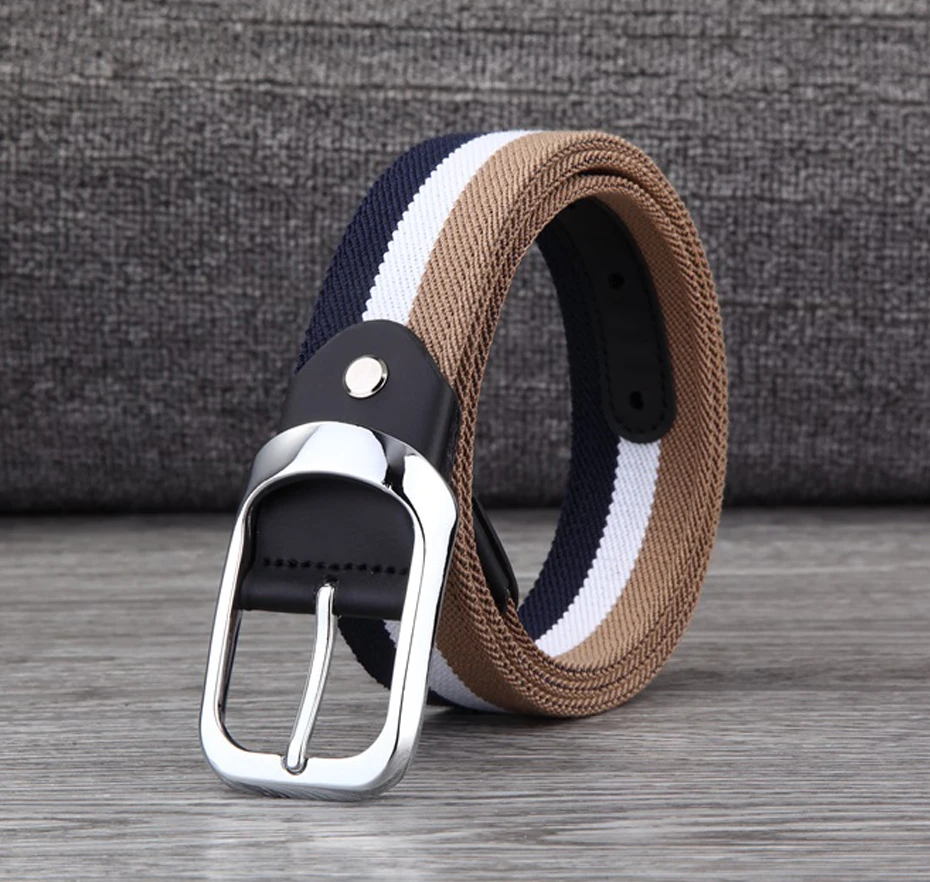

The screen doesn’t detect how much pressure you’re putting on it - instead, the tip of the pen retracts as you push down harder on the screen, and the digitizer layer can detect a difference in signals.
Samsung s pen parallels access pen pressure pro#
For example, Microsoft’s Surface Pro Pen advertises 1024 levels of pressure.
Pressure sensitivity: The most important feature that a Wacom-based digitizer layer offers is the ability to detect different levels of pressure. Note that the exact level of pressure sensitivity will vary from device to device be sure to do research about the specific device you’re looking at. Samsung’s Galaxy Note and its S Pen also use Wacom technology.īy integrating a special sensor into the touch screen and designing a stylus to work well in it, Wacom digitizers offer a variety of features you can’t get with a capacitive stylus. For example, Microsoft’s Surface Pro includes a Wacom-made digitizer layer in its screen and a pen made for it, known as the Surface Pro Pen. Wacom makes drawing tablets for artists, but this technology is also making its way to consumer devices. No additional functions: You can’t have a capacitive stylus that performs other functions, such as having an eraser on its other end. No palm rejection: The capacitive screen can’t differentiate between the stylus and your hand, so you can’t rest your hand on the screen as you use the stylus to draw. Artists who want a pressure-sensitive stylus won’t be happy with a capacitive stylus. No pressure sensitivity: Just as your device’s touch screen can’t sense how hard you’re pressing on it with your finger, it can’t sense how hard you’re pressing on it with a capacitive stylus. Cheap: As they’re so easy to make, these will be the cheapest types of styluses. No battery required: You won’t have to charge a capacitive stylus or change its battery.  Works with any device: As long as your device has a capacitive touch screen you can use your finger to touch, you can use a capacitive stylus with it. They’re simple to make - you can even make your own capacitive stylus with a bit of wire and conductive foam. RELATED: From the Tips Box: DIY Styluses, Recycling Old Discs Into a Game, and Searching Flickr for Kindle ScreensaversĪll you really need to know is that a capacitive stylus will work just like your finger. A capacitive stylus works in the same way your finger does, distorting the screen’s electrostatic field when it touches it. The cheapest, simplest type of stylus you can get is a capacitive stylus. That’s why you can simply touch the device’s screen, while you have to press down on older resistive touch screens like those on the Wii U GamePad and traditional touch-screen ATMs. Your modern touch-screen device uses a capacitive touch screen - unless it’s a Wii U GamePad, which still contains a resistive touch screen.
Works with any device: As long as your device has a capacitive touch screen you can use your finger to touch, you can use a capacitive stylus with it. They’re simple to make - you can even make your own capacitive stylus with a bit of wire and conductive foam. RELATED: From the Tips Box: DIY Styluses, Recycling Old Discs Into a Game, and Searching Flickr for Kindle ScreensaversĪll you really need to know is that a capacitive stylus will work just like your finger. A capacitive stylus works in the same way your finger does, distorting the screen’s electrostatic field when it touches it. The cheapest, simplest type of stylus you can get is a capacitive stylus. That’s why you can simply touch the device’s screen, while you have to press down on older resistive touch screens like those on the Wii U GamePad and traditional touch-screen ATMs. Your modern touch-screen device uses a capacitive touch screen - unless it’s a Wii U GamePad, which still contains a resistive touch screen.






 0 kommentar(er)
0 kommentar(er)
